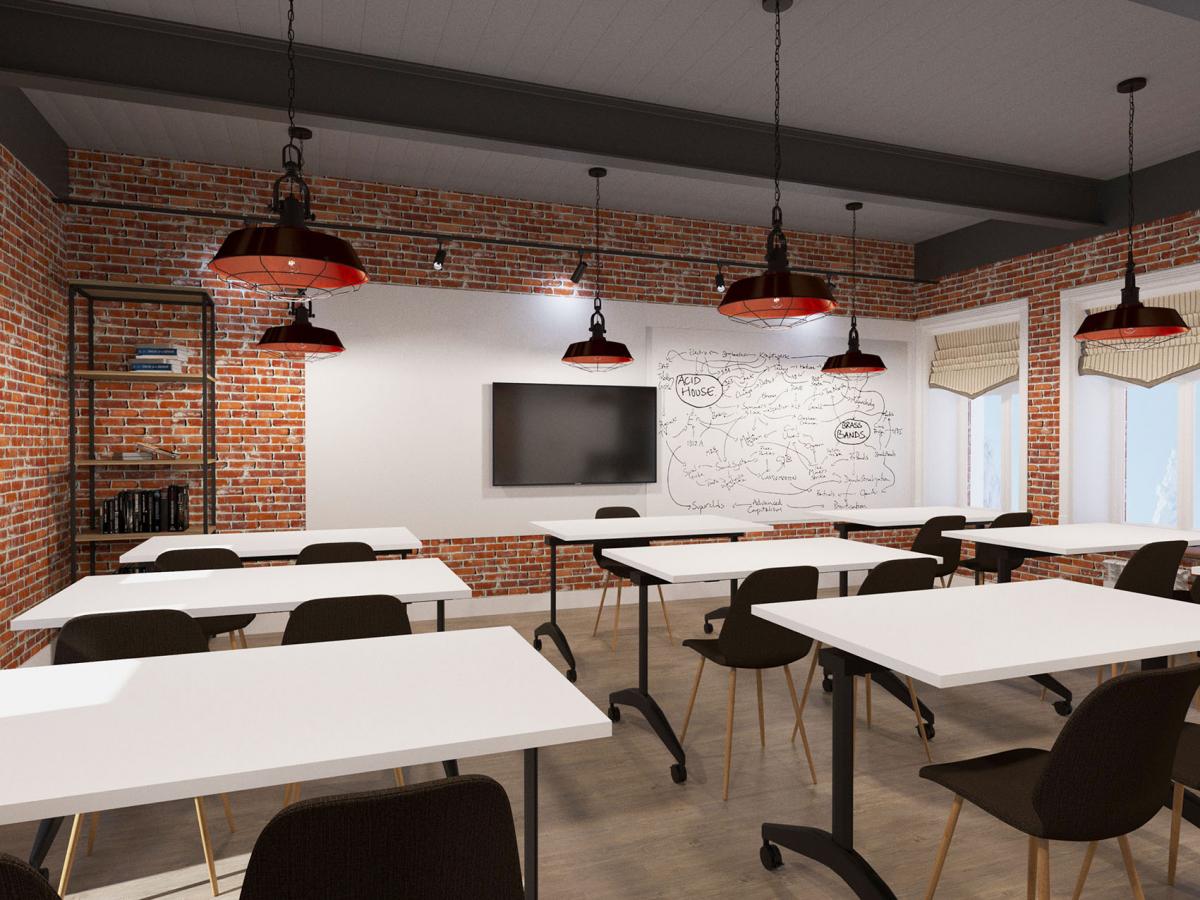| Curriculum | Admission | Scheduale and contact |
|
Why this Program? Our global society is facing complex challenges in diverse areas such as energy, life sciences, nutrition, materials and the transition to a more sustainable economy. Many of these challenges are interdisciplinary, requiring a new generation of scientists who are capable of looking across traditional boundaries between scientific disciplines. At TISP, we introduce a new approach to education in the natural sciences that is based on the Liberal Arts & Sciences tradition. Gone are the conventional disciplinary boundaries. We challenge you to create your own curriculum, chosen from a wide range of disciplines, guided by advisors and driven by your own skills, interests and ambitions.
|
 |
| Do you want to focus on one discipline and become an expert in that specific field or do you prefer to combine disciplines and work on multidisciplinary knowledge and skills? Everything is possible at TISP. Download the brochure for more information. | |
|
Career prospects The interactive and challenging way of combining theory and practice in courses, skills trainings and projects will provide you with the required knowledge and skills to succeed in a master's program and your future career. In addition, our hands-on approach puts the thrill and fun of discovery back into scientific study. The TISP provides you with a broad interdisciplinary basis, after which you can go on to study an MA program in many different fields at either Tomsk State University or other top international institutions. The TISP will prepare you for a variety of career opportunities such as a researcher at a university or scientific institute or a scientist at an international company or enterprise, and even start your own business in science or technology. |
Your academic advisor Your academic advisor will guide you throughout your studies in making choices that fit your personal interests, ambitions and progress. Our advisors can help you answer questions such as:
|
|
Modern educational approaches The program is based on problem-based learning (PBL) approach, which is more effective than traditional university education. You will actively acquire knowledge and skills needed for your career prospects, your future. With PBL, you are solving complex, interdisciplinary and real-life academic problems. Through literature study and group discussions, you investigate and work with content that is necessary for solving a given problem, developing such skills as presenting, debating, writing and working together. In small groups of 12 students, you will be guided in the learning process by a tutor, who will act as both subject matter expert and facilitator. The small class size creates a comfortable environment with plenty of opportunities for effective interaction between students and tutors. By developing your own scientific project, you become rapidly acquainted with the scientific literature relevant to the topic, and you acquire the practical skills you need. |
 |
|
International academic community We are creating a lively academic community with students and staff from all over the world. The diversity of cultural backgrounds and perspectives enlivens the small-group discussions and enriches your academic experience. Through Problem-Based Learning and Research-Based Learning, you actively contribute to your own learning process as well as that of your peers. Close interactions with scientific researchers and industry professionals further contribute to your learning experience and prepare you for the challenges you will face in your future career. |
 |
Modern educational environment
|
The TISP academic building is located just a few minutes from the main building of Tomsk State University. The students will be studying in a beautifully renovated building which includes plenty of learning spaces equipped with the latest technology, as well as a self-catering kitchen and lounge area to relax in. The TISP will have a fully equiped building where classes and other educational activities will take place. The TISP learning space is able to motivate learners and promote learning as an activity, support collaborative as well as formal practice, provide a personalised and inclusive environment, and is flexible in the face of changing needs. The TISC didactic approach has swung towards active and collaborative learning and the design of teaching and learning spaces is organized to support both tutor-led and learner-led activities. These include rooms for presentations, discussion, collaborative project work, and information retrieval and sharing. |
 |
 |
 |
 |
.png)

